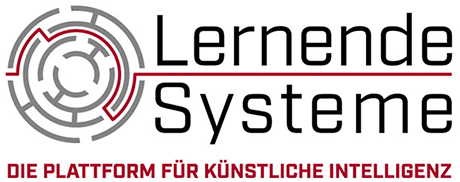
How can Artificial Intelligence improve medicine?
Karsten Hiltawsky: Artificial Intelligence can absorb and evaluate huge amounts of information in a short time - and is often superior to humans in this respect. In medical diagnostics and therapy, the technology enables assistance systems that support doctors in their decision-making. For example, they can evaluate images from computer tomographs or compare individual patient data with global medical guidelines. The great advantage of an AI system: it will not tire even after a 20-hour shift and the quality of its results will always remain the same. Particularly in the case of repetitive activities, AI systems relieve medical staff. But the potential of AI comes into play not only when processing very large amounts of data, but also when it comes to analyzing data in a very short time. Let's think of the ventilation of intensive care patients, for example. Here, an AI system can provide early warning of complications because it can process the large number of patient values much faster than humans. Under certain circumstances, this can save lives.
What hurdles do medical technology manufacturers face when they want to launch AI products on the market?
Karsten Hiltawsky: It is certainly very time-consuming to gain access to or generate a large number of cleansed patient datasets that are necessary for training an AI application. But the regulatory environment is also a headache for manufacturers: Notified bodies must certify medical devices in order to place them on the European market. However, the special features of AI-based applications - such as the fact that they can change during use - are not yet taken into account here. According to the European Union's draft AI Act, all AI medical devices are to be considered high-risk technology across the board. This could mean that every time an AI application is improved, it must be recertified by a notified body. That would drive up costs for manufacturers significantly.
For SMEs in particular, pre-financing the high initial costs of AI innovations is a major hurdle. An important component here is the prospect of the costs being covered by the statutory health insurance funds. Hospitals will use a device with AI functions that assists in the evaluation of CT images or in the treatment of intensive care patients primarily if they can bill the treatment with an AI function via the statutory health insurers.
For a new procedure to be permanently included in reimbursement, the manufacturer must provide proof of benefit, which in turn is often only possible after the product has been in use for some time. So it's a chicken-and-egg problem with the added challenge that learning systems change over time.
What needs to change so that AI innovations from Germany reach people faster?
Karsten Hiltawsky: The notified bodies, the health insurance funds, the hospitals, but also the legislator, must open up to the opportunities and the special features of AI-based medical devices. Currently, the path from research to patients still resembles a gauntlet and represents too great a risk for most manufacturers to run. For example, financial support for manufacturers in the early stages of an AI innovation would be helpful. In addition, temporary reimbursement for AI applications could motivate manufacturers to invest in these technologies until coverage by public health insurers - and thus the long-term source of revenue - is finally clarified.
Legal frameworks such as the Medical Devices Act must be adapted to the specific characteristics of AI that distinguish it from ordinary software. If we want to make progress in the use of AI in medicine, we need to set clear priorities in European innovation policy instead of watering cans of funding across all application areas. It is very important to involve patients and take their preferences and concerns into account. Trust in AI innovations will only come about if all stakeholders focus on the benefits for people.
For more information on the topic, see the whitepaper AI Business Models for Health. Strengthening innovations, shaping financing (in German).
The interview is released for editorial use (if source is acknowledged © Plattform Lernende Systeme).
